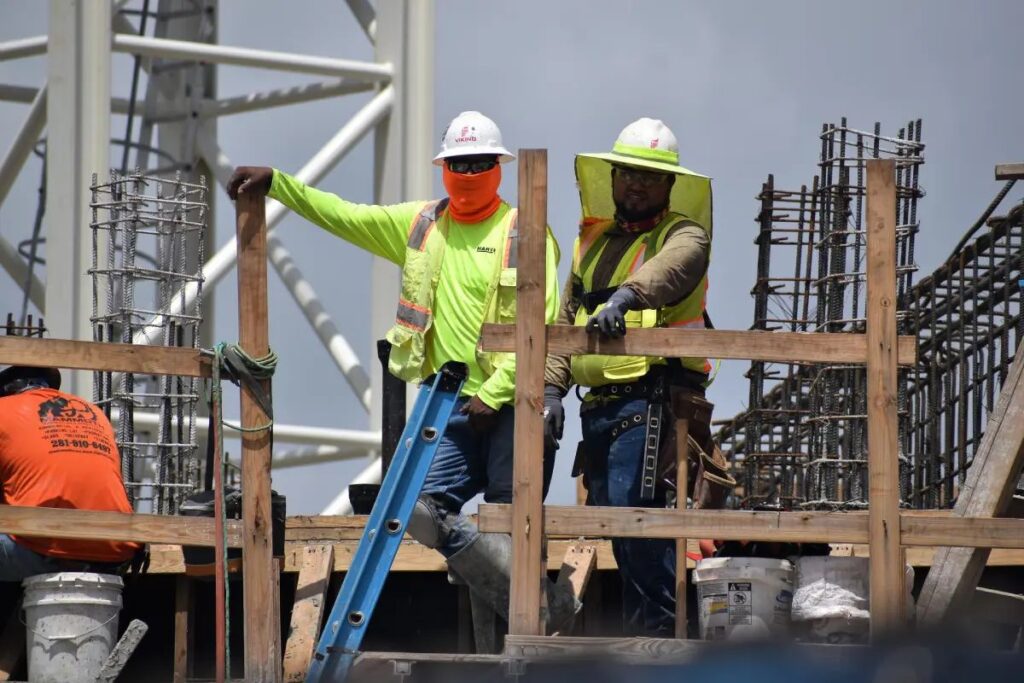Earned Value as a critical KPI for contractor satisfaction

In construction projects, ensuring contractor satisfaction and approval becomes challenging. Here, setting Earned value as a construction KPI can measure the project’s progress towards accomplishing expectations.
Project management teams understand the challenges of the construction industry are often people-centric. The project must meet the demands of shareholders, the owner, client, labour, contractors, and users. Each construction project is unique. Customers have different and specific goals. Ensuring contractor satisfaction and approval becomes challenging.
Here, one managerial technique is to set a sensible and practical set of construction KPIs to measure the project’s progress. It is recommended to begin moderating the KPIs to capture and reflect true value creation. Set them against a baseline. In some instances, you can use historical data to establish the baseline. But in other cases, you might need to collect data before fixing it.
With EVM or Earned Value Management, you can organize and control your project. It allows the project managers to measure the amount of progress achieved. Based on EVM analysis, they can forecast a project’s total cost and date of completion.
Read ahead for,
Value management concepts
What is Earned value analysis?
Earned Value analysis is a technique used to measure the actual performance of a project, not just the cost and schedule. The management can look into where the project was, where it is now, and where it can be.
Data points for EVM
Following data values are needed for Earned Value analysis.
Planned Value (PV)
The planned value describes where your project tasks should be at a specific point in the project schedule and cost estimation. The value can either be cumulative or current. Cumulative value is the approved budget for planned activities performed throughout the project. The current planned value is the approved budget for planned activities performed over a specific period. The value can be calculated as:
Planned Value (PV) = % of the project completed (as planned) x Project Budget
Actual Cost (AC)
The actual cost is the amount spent on the work completed over a specific project period. It can be the exact cost for work done up to the point in which it is calculated, i.e., cumulative AC or current AC, if it is calculated over a given period of days, weeks or months.
Actual Cost (AC) = Actual costs to date
Earned Value (EV)
Earned value shows what the project has accomplished. It quantifies the value of the work performed up to a specific time in the project. The cumulative Earned Value is the budget of the whole project till the date of the calculation. The current earned value shows the amount for a given period only.
Earned Value = % of completed work * BAC (Budget At Completion)

EVM helps managers calculate Schedule Variance (SC =EV-PV) and Cost Variance (CV = EV-AC). They can consider past and future performance to complete the work within the approved cost and estimated time.
The analysis helps to:
- Improve the planning,
- Establish technical, schedule, and cost performance,
- Identify problem areas and warn of potential Earned Value problems,
- Report accurate cost and schedule problems,
- Perform a quick analysis of technical, schedule, cost, systems analysis, and risk factors,
- It provides consistent and clear communication of progress to all management levels.
EVM limitations
EVM is a great tool. However, it poses a few limitations,
- The cost and progress of a project when you are executing are seldom the same as projected. A project’s earned value can change, so you cannot solely depend on earned value management.
- A successful project is one where the contractor and the customer are happy with the quality, and the project is on time and within budget. The EVM is based on numbers only and does not reflect customer satisfaction and the quality of the project.
- Effective EVM needs accurate data. Your results can be misleading if you don’t include all actual costs in your calculations. It won’t reflect the progress or performance of the project accurately.
- EVM is a complex technique requiring specialists to carry out the process, which can lead to more costs for the company. Communicating the analysis and results of EVM clearly to all stakeholders is as important as being able to calculate it.
Scope ahead
Earned Value Management needs accurate data and frequent rigorous calculations as the project progress. Here, a system to calculate EV infrequently reduces its impact on decisions. The project requires automated software that crunches data in real-time to deliver the information and track your project’s performance.
A real-time dashboard on cloud-based software connects all stakeholders. So, every time a team member updates on a task, that data is shared throughout the software, allowing management to make prompt data-driven decisions. Insights from a dashboard feature can derive the EV automatically with highlights like:
- Positive variations from projects baseline
- Accomplishments of quicker completions
- Optimisation of asset management
Reporting value creation progress to all stakeholders can help keep the perceived cost and quality during the process and enhance the overall life cycle of the project.
Usual project management notifications such RFIs or COs demand work from the teams, such as info clarification or sharing. On the other hand, value creation notifications such as on-time completion or optimized labour productivity can bring small and frequent reasons to celebrate – this motivates the stakeholders across teams.





